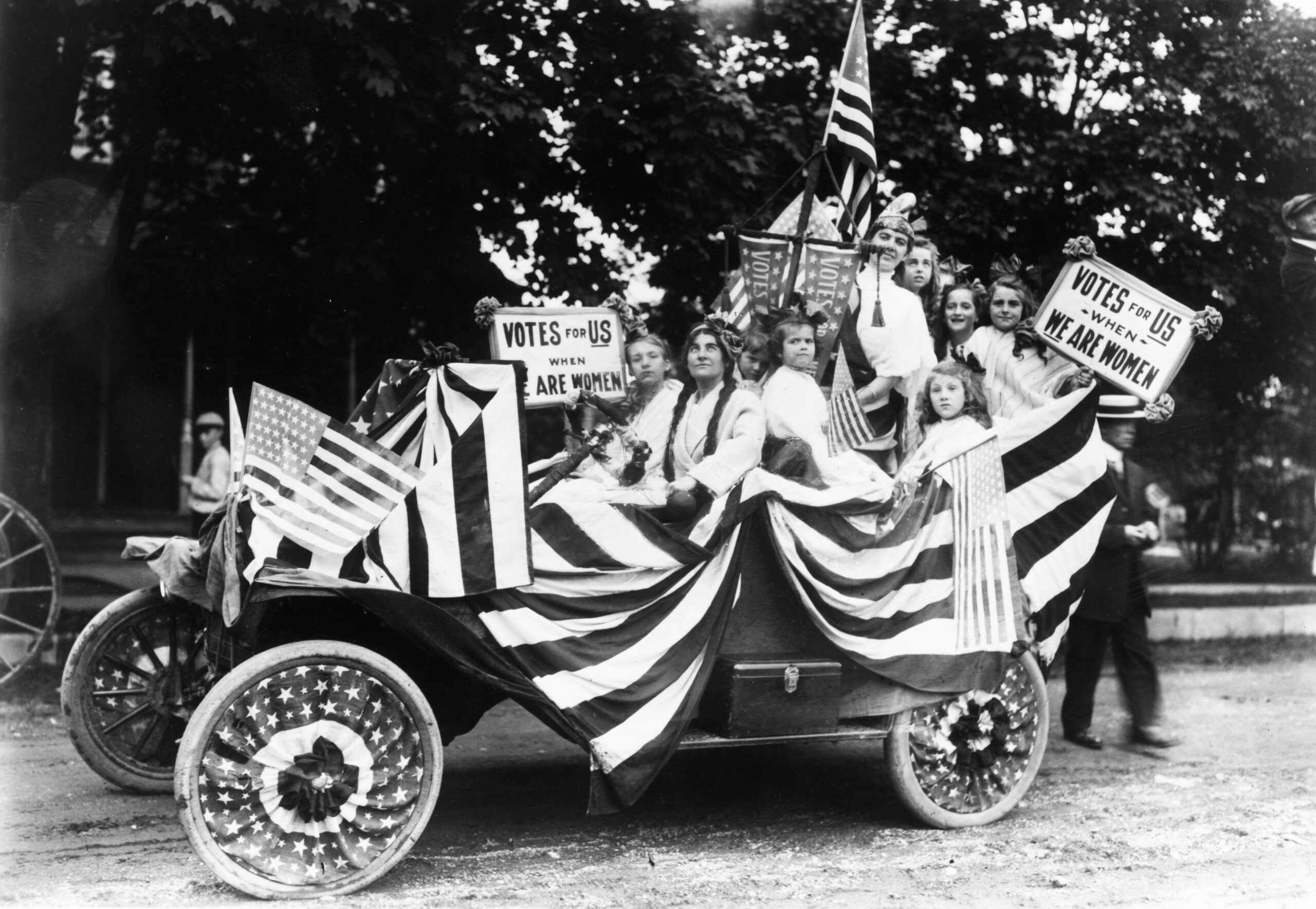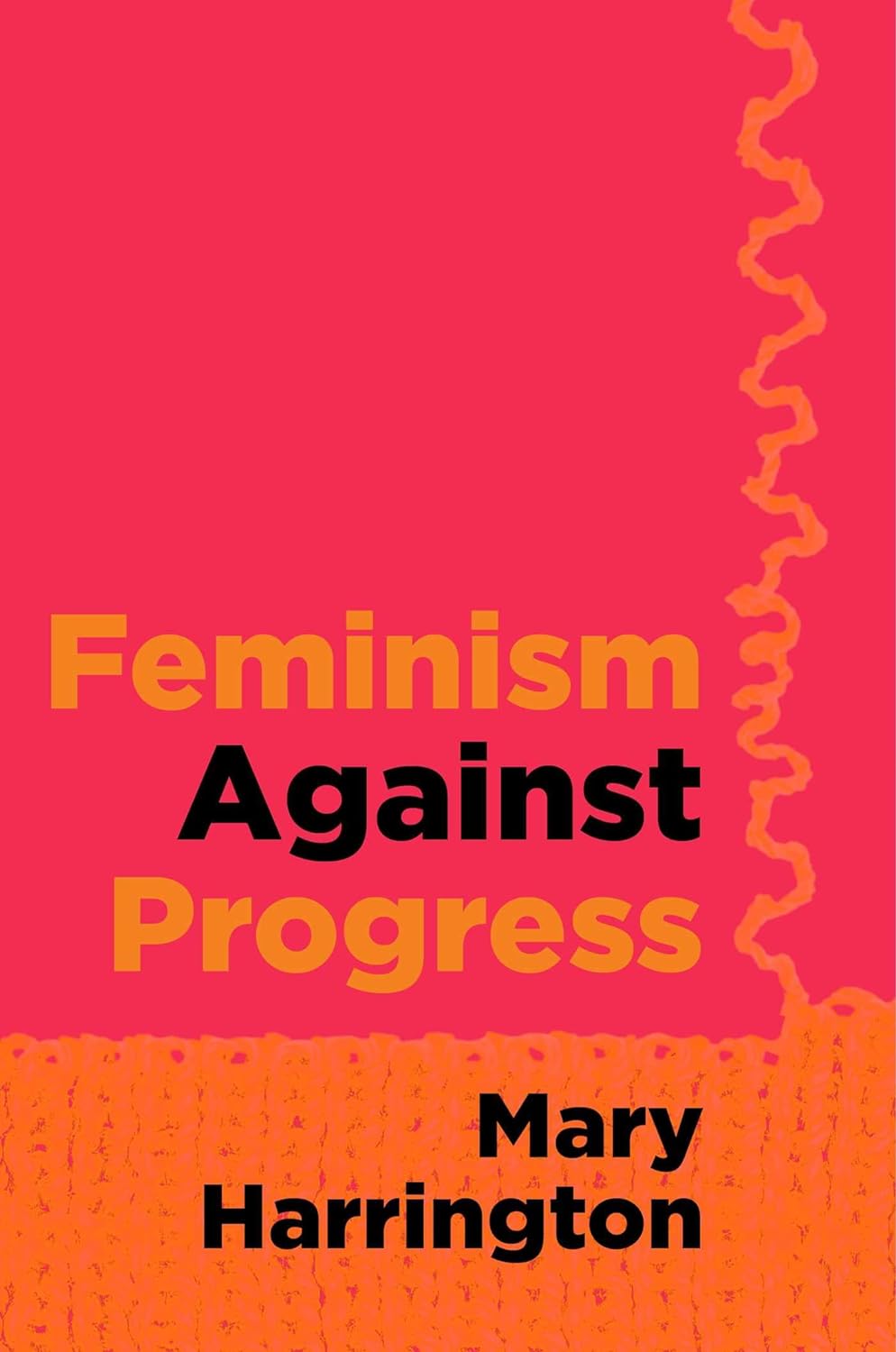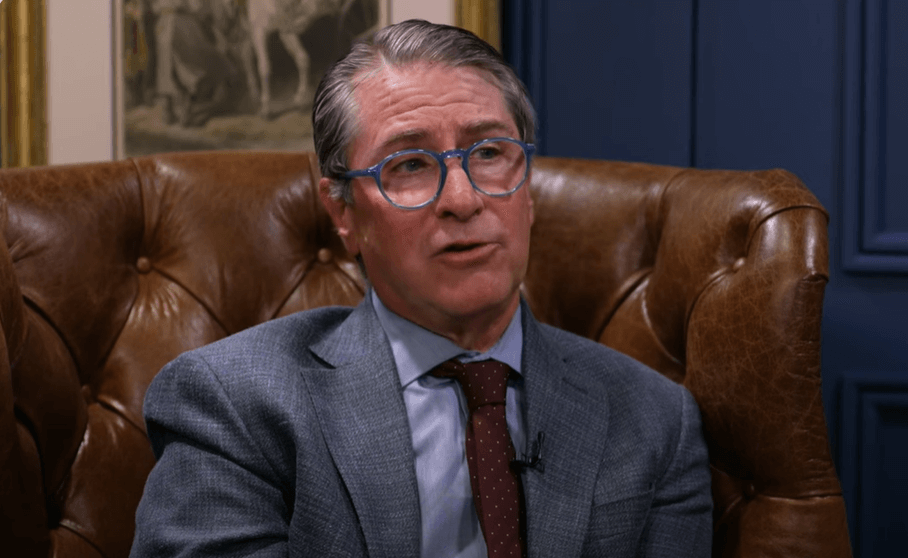Mary Harrington has written a thought-provoking book that joins works by a diverse group of women who are shaping a novel form of modern feminist thought. This new strand of feminism, to be sure, demands that women be entitled to the same rights and opportunities as men. It does not, however, seek to ignore the biological differences between the sexes. As Harrington writes: “The shape of our bodies still matters, despite everything the modern world has done to minimise those disparities.”
This feminism also recognizes the central role that care, home, and interdependence play in many women’s lives. The failure to take these into account, Harrington writes, “is radically at odds with the political interests of all but the wealthiest women—and especially those women who are mothers.” While the wealthy can use their resources to pretend the biological differences between the sexes are mostly irrelevant, and can pass off many of the demands of caring for family and home to paid help, poor and working-class women do not have such luxuries.
Harrington calls her philosophy “reactionary feminism.” A more comprehensive term, as the feminist thinker Erika Bachiochi has pointed out, is “sex-realist feminism.” I’d call it “Feminism for the Rest of Us,” since (unlike too much of modern feminism) it has something to offer to a wide range of ordinary women.
Indeed, it is one of Harrington’s gifts that she writes in a way that a non-academic can understand. Compare this to, say, Judith Butler, a philosopher of gender who writes sentences like this one:
The urgency of feminism to establish a universal status for patriarchy in order to strengthen the appearance of feminism’s own claims to be representative has occasionally motivated the shortcut to a categorical or fictive universality of the structure of domination, held to produce women’s common subjugated experience.
Can I successfully read a book written with sentences like that in the hour while the baby is napping and the big kids are listening to audiobooks? I cannot. It was not written for me, anyway: it was written for other academics with a shared background. Harrington’s book, however, is possible to pick up, put down, and pick back up the next day—and still understand what is going on. It was written by a mother of a young child and is understandable by a mother with young children. That is one of its strengths.
Early in her book, Harrington provides a brief history of feminism and the women’s rights movement. She writes that the earliest proponents of women’s rights didn’t seek to destroy traditional family life, but rather to obtain respect for the work of the home: “early . . . women’s rights campaigns sought to challenge the unequal value accorded to domestic and workplace contributions.”
Before industrialization the value of the work of the home was obvious. Women were largely responsible for, among other things, food and production of clothing; without their labor the whole family would starve or go naked. After industrialization, however, much more value was accorded to the paid work done by men than the unpaid work of women. It is no coincidence that the nineteenth-century women’s rights movement arose at the same time women’s traditional source of power (i.e., the competent management of an agrarian household) was being destroyed. These women, however, did not seek to deny the importance of home, family, and children. Instead, they sought to ensure that the unpaid work they did was recognized and that they were protected in the event of divorce, abuse, or their spouse’s death. Thus, they looked to obtain equal opportunities for education and to participate in the political process.
Yet soon a separate feminist vision emerged. In this view, the fact that women gave birth and nursed babies and took on most caregiving tasks in families was seen as an inconvenient impediment to their ability to join public life. One writer, Charlotte Perkins Gilman, went so far as to advocate that all children be sent, from birth, to the care of trained nurses, while common kitchens would prepare food. Harrington writes:
Long before women’s suffrage was attained in either Britain or America, then, the core tension in the women’s movement was well established. On one side stood a pro-woman defence of care and the importance of the domestic realm, and on the other a pro-women dismissal of care as an unjust impediment to women’s capacity for self-realisation on the atomized template of liberal personhood.
Thus, originally there were two distinct strands of feminism. “Team Freedom” was composed of feminists who insisted that the surest route to female equality was for women to achieve “liberation” from the constraints of family and home. Under this philosophy, a woman’s highest and best calling was to achieve independence through education, career development, and participation in the paid workforce, including at the highest levels. “Team Interdependence,” however, insisted on the equal dignity of women while recognizing that motherhood, pregnancy, and family obligations mean that for many women there is no such thing as avoiding dependents or dependency.
In the early twenty-first century, it appeared that Team Freedom had decisively won. Abortion and the birth control pill meant that pregnancy had largely become a choice. Modern food production, global trade, and daycares allowed women to join the paid workforce without worrying that the family would lack basic home goods or have no one to watch the babies. As Harrington writes, “The replacement of caring with technology and process has freed women to soar—at least those with the resources to make use of it.” This freeing of (some) women to pursue careers without the constraints of family or home was lauded by most late-twentieth-century feminists, who tended to focus almost entirely on how to maximize women’s individual freedom. As Harrington puts it, in the twenty-first century “mainstream feminism has morphed from a movement with both communitarian and liberation strands, to one focused almost entirely on individual freedom.”
Then, in the 2020s, in the midst of the COVID pandemic, Team Interdependence began a serious counterattack. That November, Leah Libresco Sargeant published an article called “Dependence: Toward an Illiberalism of the Weak.” In it, she argued that “dependence is our default state, and self-sufficiency the aberration. Our lives begin and (frequently) end in states of near total dependence, and much of the middle is marked by periods of need.” This, of course, is particularly true of pregnant women and postpartum mothers, who need communal support in order to be able to carry out their roles as mothers. Libresco Sargeant now writes a popular Substack called “Other Feminisms,” which emphasizes “creating a culture that values interdependence over autonomy.”
A few months later, Erika Bachiochi published The Rights of Women, a book that takes a thorough, scholarly look at the history of communitarian feminist thought. Bachiochi argues that the feminist movement went astray when it abandoned the moral vision that women’s rights should be “championed so that women, along with men, could virtuously fulfill their familial and social duties.” Women’s equal rights are not to be prized for themselves, but rather because they enable women to better carry out their obligations to family, home, and society (the same is true of men, of course).
Libresco Sargeant and Bachiochi, along with Harrington, share a common vision that there is something distinctive and special about being a woman—particularly about being a mother. They, along with others, have formed a collective called Fairer Disputations, which bills itself as “an international community of scholars, public intellectuals, journalists, and advocates that aims to advance a sex-realist feminism.” These women span a wide range of political viewpoints and do not agree on all or perhaps even most controversial social issues. But these “sex-realist” feminists have something important to offer in a world that is increasingly hostile to mothering and a focus on the home and family.
My own career arc and that of one of my great-grandmothers help illustrate what is motivating these concerns. My great-grandmother Beulah Amidon was a suffragette. Born in 1894, she petitioned to be accepted at Harvard Law School after graduating from Barnard College in 1915. Harvard Law did not take women at the time, so she went to the University of Southern California to study law. She then devoted herself full time to the women’s movement. She married, but after her husband—a former prisoner of war—died fairly young (the cause of death was reported as “accidental shot while cleaning hunting rifle”), she supported herself by writing for various progressive publications.
I’ve had a sort of mirror image to her career. I did go to Harvard Law School. By the time I started law school in 2008, Harvard had admitted women for decades, and my class was about 50 percent women. I graduated in 2011 and was practicing law when COVID and its associated restrictions hit. My husband and I had a four-year-old and a two-year-old at the time. From early spring 2020 onwards, we struggled with eight months without daycare or preschool, followed by “Zoom kindergarten,” followed by months of in-person masked school, which would close for weeks with no warning based on local case rates. Meanwhile, I was trying to work. At one of my lowest points, I had a call with opposing counsel where he was yelling at me about discovery obligations while I hid in my closet holding the door shut with my foot as one of my kids pounded on the door demanding a peanut butter sandwich. In November 2021, I had an ectopic pregnancy. After that, we threw in the towel, and I quit my law firm job. I now would describe myself as primarily a homemaker, and I spend most of my days homeschooling our kids and taking care of our new baby (a delightful blessing born in 2022).
COVID exposed what many of us already knew. Biology still matters. Motherhood imposes demands that can be difficult to square with a full-time career. This is not to say having both is impossible. Yet when things start going pear-shaped on a global level, the institution that can be counted on the most to take care of children is not the school system and not the daycares; it is family. Harrington has made an important contribution to a new wave of feminist writers and thinkers who are grappling with this reality. It remains to be seen what impact they will have on the rest of society. But count me firmly on Team Interdependence.
















